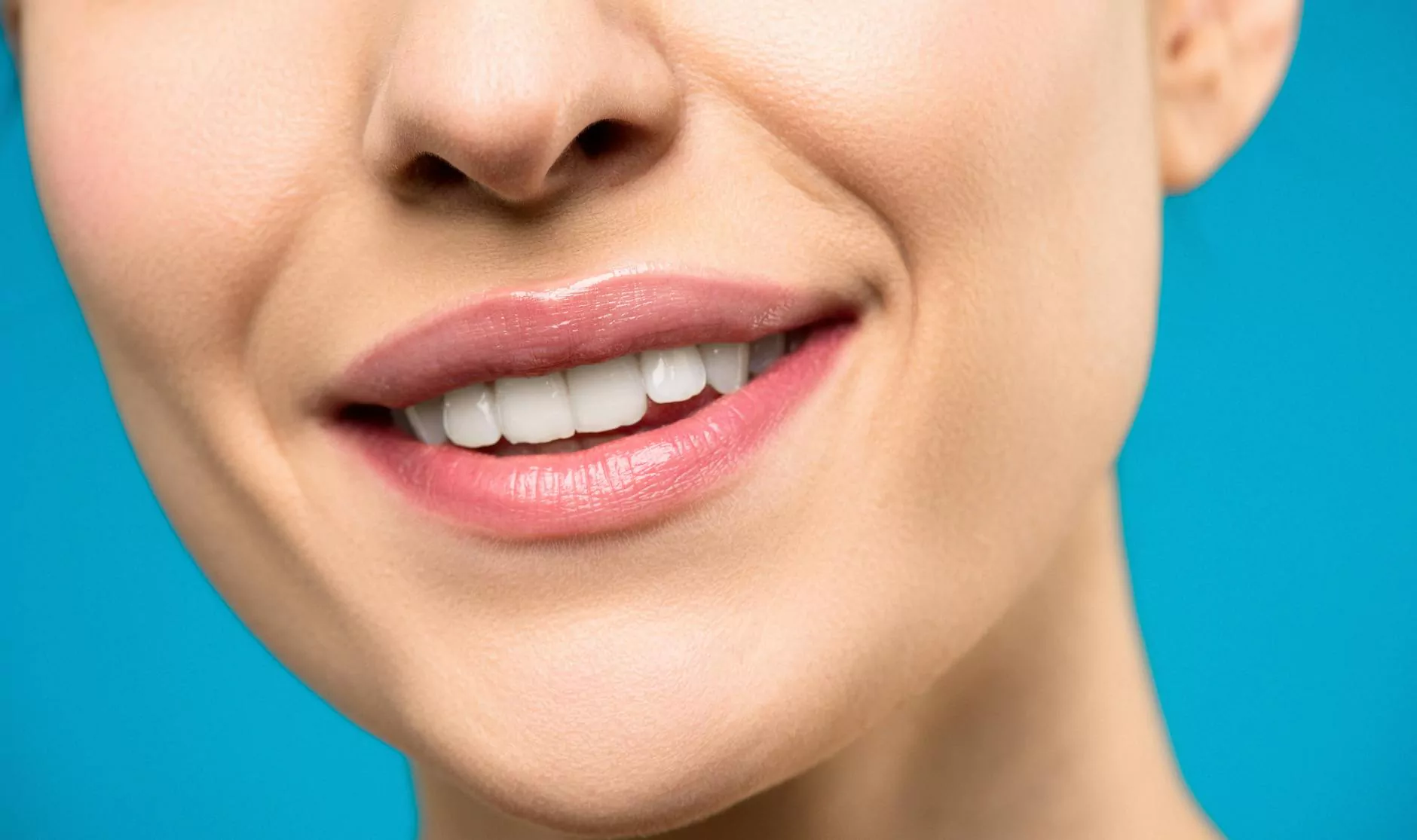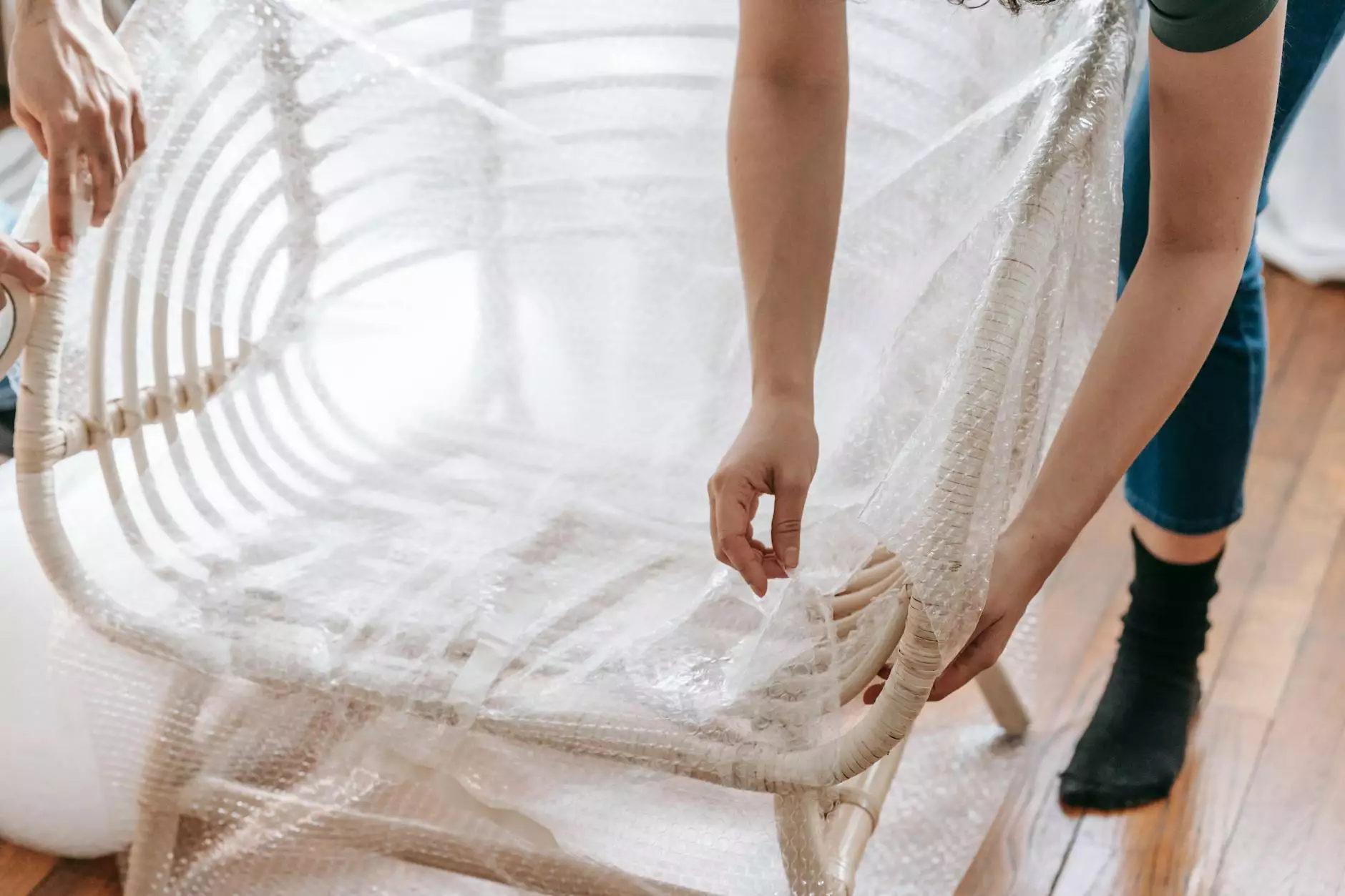Corn on Foot Treatment: Comprehensive Guide to Relief and Recovery

If you are one of the millions suffering from corns on your feet, you know how painful and bothersome they can be. Understanding the various treatment options available is essential for achieving relief. In this extensive guide, we will delve into everything you need to know about corn on foot treatment, providing both home remedies and professional treatments that can help you regain comfort and mobility.
What Are Corns?
Corns are thick, hardened layers of skin that develop as a protective response to persistent friction or pressure on the feet. They commonly appear on the tops and sides of toes and on the soles of the feet. While they can be unsightly, their impact goes beyond aesthetics; corns can cause significant discomfort and pain, particularly when walking or standing for extended periods.
Types of Corns
Corns generally fall into three main categories:
- Hard Corns: Typically found on the top of toes, these are small, concentrated areas of hardened skin.
- Soft Corns: These are usually found between the toes and have a softer, rubbery texture often due to moisture.
- Seed Corns: These are small, painful corns that appear on the ball of the foot and can be quite aggravating.
Causes of Corns
Corns arise from various factors, including:
- Ill-fitting footwear: Shoes that don’t fit properly can lead to excessive pressure on certain areas of the foot.
- Foot deformities: Bunions, hammertoes, and other foot irregularities can cause uneven pressure distribution.
- Prolonged friction: Activities that cause consistent rubbing or pressure can contribute to corn development.
Symptoms of Corns
Corns often present with specific symptoms, such as:
- Pain or discomfort: Especially when pressure is applied.
- Thickened skin: A noticeable hard, raised bump on the skin surface.
- Inflammation: Redness and swelling may occur around the corn.
Corn on Foot Treatment: Home Remedies
While professional treatment is beneficial, many find relief through home remedies. Here are several methods to consider:
1. Soaking and Exfoliating
Soak your feet in warm, soapy water for about 10-15 minutes. This softens the corn and makes it easier to remove. After soaking, gently exfoliate the area with a pumice stone to slough off the thickened skin.
2. Moisturizing Creams
Regularly applying a good quality moisturizing cream can help keep the skin hydrated, which may reduce the thickness of the corn over time. Look for creams that contain urea, salicylic acid, or lactic acid.
3. Padding and Protective Gear
Using padding around the corn can help alleviate pressure and reduce pain. You can also invest in protective gel pads specifically designed for corns to provide cushioning.
4. Corn Removal Products
Over-the-counter products like corn removers typically contain salicylic acid, which helps dissolve the corn. However, be cautious and follow the instructions carefully, especially if you have sensitive skin.
Corn on Foot Treatment: Professional Options
If home remedies do not provide sufficient relief, or if you wish to seek expert help, consider the following professional treatment options:
1. Podiatrist Consultation
Visit a qualified podiatrist for an assessment. They can examine your feet, determine the type and cause of your corns, and recommend appropriate treatments.
2. Professional Corn Removal
In some cases, a podiatrist may need to remove the corn using specialized tools. This procedure is often quick and can provide immediate relief.
3. Orthotic Devices
For individuals with foot deformities, custom orthotic devices may be recommended to correct alignment problems and reduce friction.
4. Surgical Options
In rare cases, surgery may be required to correct foot deformities that contribute to corn formation. This is usually considered a last resort, after other treatment options have been explored.
Preventing Corns: Best Practices
Prevention is always better than treatment. Here are some tips to avoid developing corns:
- Choose the Right Footwear: Always opt for shoes that fit well and provide enough room for your toes to move comfortably.
- Wear Moisture-Wicking Socks: These can help keep your feet dry and prevent friction.
- Maintain Healthy Feet: Regular foot care, including moisturizing and checking for any signs of foot problems, is essential.
- Address Foot Deformities: Seek treatment for conditions like bunions or hammertoes to reduce the pressure that leads to corns.
Conclusion
Corns on your feet can be painful, but with the right treatment and preventive measures, you can find relief and protect your feet from future issues. Whether you choose home remedies or seek professional assistance from a podiatrist, understanding the causes, treatments, and preventative strategies will empower you to maintain healthy, pain-free feet.
For more personalized treatment options and professional care, visit The Foot Practice to Consult with experts in foot care and find out how to deal with your specific condition effectively.
FAQs About Corn on Foot Treatment
1. How long does it take for corns to heal?
Healing time for corns can vary depending on the treatment method and individual circumstances, but with proper care, many experience relief within a few weeks.
2. Can corns lead to serious health issues?
While corns themselves are not usually serious, they can lead to infections if they become painful, cracked, or inflamed. It's essential to manage them promptly to avoid complications.
3. Are there any natural remedies for corns?
Yes, natural remedies include soaking your feet in warm water, applying apple cider vinegar, or using essential oils known for their skin-soothing properties.
4. Will changing my shoes help with corns?
Absolutely! Choosing well-fitting shoes and avoiding high heels can significantly reduce pressure and friction that contribute to corn formation.
5. When should I see a doctor for my corn?
If your corn is causing severe pain, does not improve with home treatment, or shows signs of infection (such as increased redness, warmth, or pus), it’s time to consult a professional.









